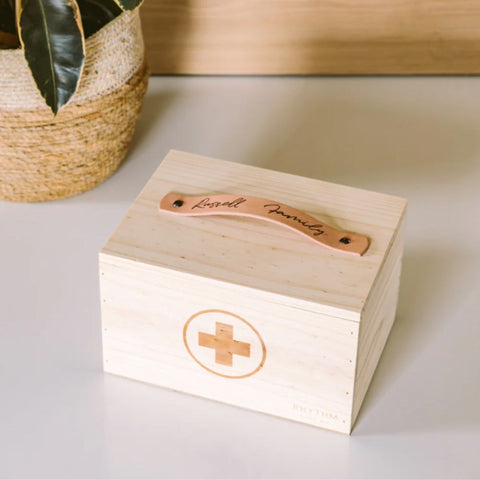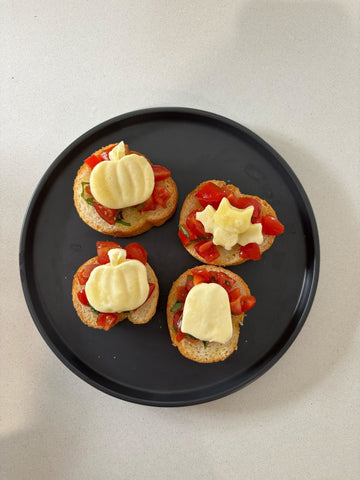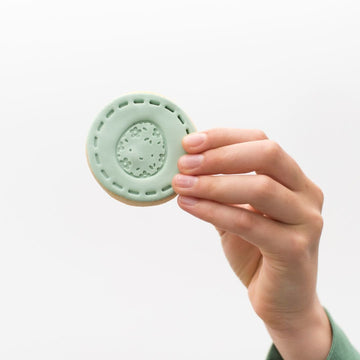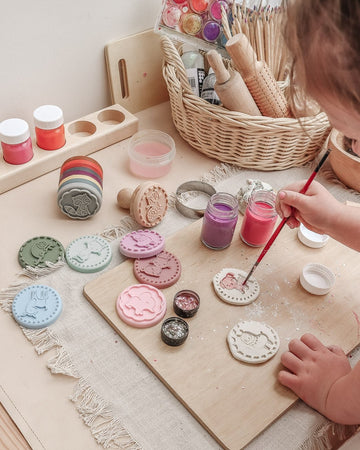- Round or hard foods: Foods like grapes, cherry tomatoes, hard candy, nuts, and popcorn can easily get stuck in a child's throat.
- Sticky foods: Foods like peanut butter, marshmallows, and chewy candies can stick to a child's throat and make it difficult to swallow.
- Hot dogs and sausages: These types of foods are particularly risky because they are cylindrical in shape and can block a child's airway.
- Raw fruits and vegetables: Large pieces of raw fruits and vegetables, like carrots or apples, can be difficult for children to chew and swallow.
- Seeds and pits: Foods like sunflower seeds, pumpkin seeds, and peach pits can get lodged in a child's throat.
When serving these types of foods to children, it's important to take extra precautions to reduce the risk of choking.
Here are some steps you can take to keep your child safe:
-
Cut food into small pieces: Food should be cut into small pieces, especially if it is hard, sticky or round. Foods like grapes, cherry tomatoes, hot dogs, popcorn, and hard candy can easily get stuck in a child's throat.
-
Avoid giving small objects: Avoid giving children small objects like coins, beads, or small toys that can easily be swallowed.
-
Supervise mealtime: Children should always be supervised during mealtime. Encourage your child to eat slowly and chew their food thoroughly before swallowing.
-
Teach your child how to eat safely: Teach your child not to talk, laugh, or play while they have food in their mouth. Encourage them to take small bites and chew their food properly.
-
Be prepared: Know what to do if your child starts choking. Take a first aid course and keep emergency numbers handy.
Choking hazards aren't limited to just food. There are various household items that can also pose a risk to young children. Some common non-food related choking hazards to be aware of:
- Small objects: Small objects like coins, buttons, marbles, and small toys can easily be swallowed by young children and can get lodged in their throat.
- Balloons: Balloons pose a risk because if they pop in a child's mouth, the deflated balloon can become stuck in their throat.
- Button batteries: These small batteries, found in many household items like remote controls, can be extremely dangerous if swallowed. They can burn a hole in a child's oesophagus or stomach.
- Magnets: Small magnets, like those found in toys or jewellery, can be swallowed and then attract each other inside a child's digestive system, causing blockages or injuries.
- Choking hazards in toys: Be mindful of toys with small parts that can break off or be easily swallowed, and toys with strings or cords that can wrap around a child's neck.
To prevent non-food related choking accidents, it's important to keep small objects out of reach of young children, supervise playtime, and carefully inspect toys for potential choking hazards before giving them to children.
If you would like to learn more about choking and first aid regarding choking, we highly recommend booking into a Rhythm First Aid course. Training protects kids and reassures parents, grandparents and caregivers.
Also, especially for the We Might Be Tiny community – get $20 off Rhythm First Aid's Family First Aid Kits using the code WMBT20.









